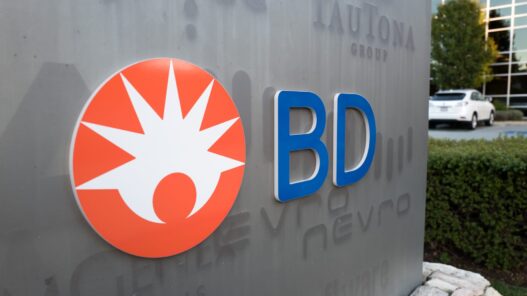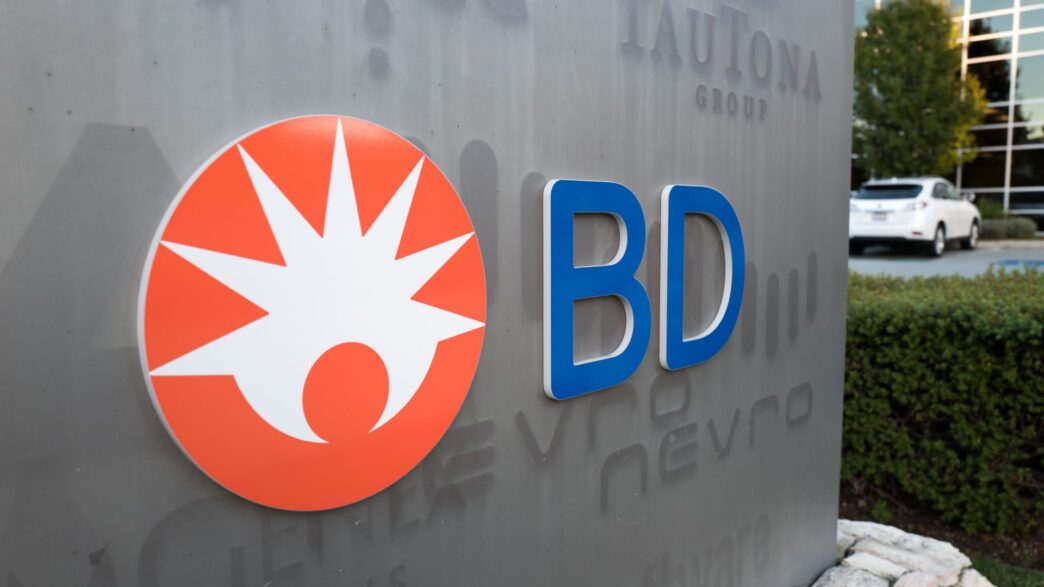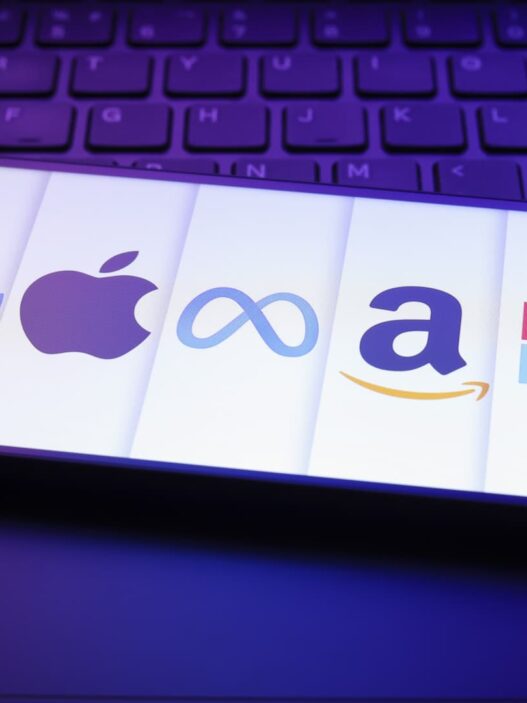Pavlo Gun Charry Charch SOPA photos | Lightrockket | Gety pictures
Company: BECTON Dickinson and Co (BDX)
a job: Picon Dickenson It develops, manufacturing and selling medical supplies, devices, laboratory equipment, diagnostic products for health care institutions, doctors, life sciences, clinical laboratories, pharmaceutical industry and the public around the world.
Market value shares: ~ 66.65 billion dollars ($ 229.85 per share)
BecTon Dickinson shares in the past 12 months
Activist: the value of the meal
ownership: ~ 0.70 %
Average cost: us
Activist’s comment: Starboard is a very successful active investor and has extensive experience in helping companies focus on operational efficiency and margin improvement. Al -Maymna also has great experience in its strategic activity. In 57 previous campaigns, with a strategic thesis, the company achieved a 32.96 % return compared to 14.61 % for a 2000s Russell during the same period. In addition, Starboard has started active campaigns at 24 previous health care companies and their average return in these cases is 17.65 % compared to 9.57 % on average for a 2000s Russell during the same time periods.
What is happening
On February 3 / days later, on February 5, the company She shared her intention To separate the works of biological sciences and diagnosis.
backstage
BECTON Dickinson (BDX) is a global medical technology company consisting of two basic companies: (1) Medtech, which consists of BD Medical (delivery solutions and medicine management solutions, advanced monitoring and pharmaceutical systems) and BD intervention (vascular products, urinary tract., Oncology. And surgical specialties) and (2) BD Life Sciences, which provide products to collect and transfer diagnostic samples as well as tools and detector systems to detect a group of infectious diseases. Inside Medtech, BDX is a leading market in the pre-filled infusion pumps and anchor, a high-charging position due to the popular GLP-1S growth. These two companies were historically similar, but Medtech was growing faster, and now represents $ 15.1 billion of revenues, 6.7 billion dollars of profits before interest, taxes, depreciation and firefighting for life sciences that contribute $ 5.2 billion of revenues and $ 2.0 billion from Ebitda.
The problem here is simple and direct: The company runs two distinguished companies in different stages with different growth rates and complications of evaluation and there is no real reason to be under the same ceiling. Medtech has a higher growth rate (middle age numbers) of life sciences (low numbers) but a lower evaluation (13 times to 14 times) of life sciences (up from 20 times) because Medtech is evaluated as a base for 40 companies – that is, the rate Its growth, in addition to its operational margins, should be equal or more than 40. Life sciences are seen as structurally stable and fortified against things like patrol, and they have reduced exposure to payment pressure. In addition, the presence of major industrial players such as Thermo Fisher and Danaher gives life sciences a small unification value that enhances its evaluation slightly.
This is not always a problem, but in the case of BDX, the entire company is traded at 16.8-Time Ebitda, closer to the value of the less valuable part. As Starboard also recommended, spinning or selling life sciences is a simple solution to a simple problem. Creating short -term value here is clear and direct. If it is separated, the MEDTECHC commercial company must get a rating of 13-Time to 14-TIM-TIBADA based on its growth, while life sciences must get an evaluation of a northern 20 times. This alone will lead to an evaluation of the northern $ 110 billion at the low end of the multiple group. But there is an additional value that can be achieved after separation. The ability to stimulate management better with the success of their department and the expansion of the potential investor world to two pure play companies is just the table class in a chapter. The real value comes from two separate teams to better focus the ability to focus on and perpetuate resources for their own business. In the case of BDX, this can improve the margin by integrating the decentralized acquisitions as part of a larger company. There were reports on a $ 30 billion evaluation price for life sciences. This is a slightly lower evaluation than 20-Timent Ebitda multiple we think it can get it. We expect this because BDX may keep some parts of life science that erodes with Medtech.
This is not always a problem, but in the case of BDX, the entire company is traded at 16.8-Time Ebitda, closer to the value of the less valuable part. As Starboard also recommended, spinning or selling life sciences is a simple solution to a simple problem. Creating short -term value here is clear and direct. If it is separated, the MEDTECHC commercial company must get a rating of 13-Time to 14-TIM-TIBADA based on its growth, while life sciences must get an evaluation of a northern 20 times. This alone will lead to an evaluation of the northern $ 110 billion at the low end of the multiple group. But there is an additional value that can be achieved after separation. The ability to stimulate management better with the success of their department and the expansion of the potential investor world to two pure play companies is just the table class in a chapter. The real value comes from two separate teams to better focus the ability to focus on and perpetuate resources for their own business. In the case of BDX, this can improve the margin by integrating the decentralized acquisitions as part of a larger company. There were reports on a $ 30 billion evaluation price for life sciences. This is a slightly lower evaluation than 20-Timent Ebitda multiple we think it can get it. We expect this because BDX may keep some parts of life science that erodes with Medtech.
Starboard is known as a very diligent, stubborn and committed investor, who will do everything necessary to create value for its investors and other shareholders. When the company wants the seats of the Board of Directors, it generally gets the seats of the Board of Directors. But this is not the case here. Starboard’s “activists” skills may be lost or not required here as it appears that in this case, the company pays an open door instead of one break. BDX has already admitted this issue and announced that it was Looking at stripping From the life science sector. Whether that is because the company was thinking about this anyway or because it heard that the meal loudly and clearly is not related. The meal is the type of activist who does not care about those who get credit, as long as the best decisions are made to the shareholders.
Ken Squire is the founder and head of 13D Monitor, an institutional research service on shareholders ’activity, founder and manager of the 13D activist Fund portfolio, a joint fund that invests in a set of 13D active investments.












